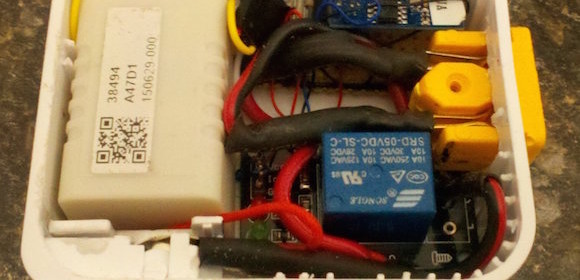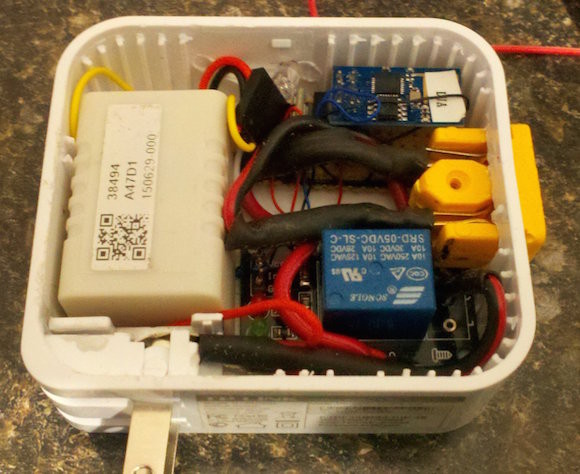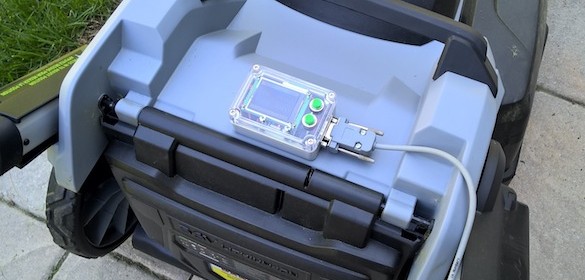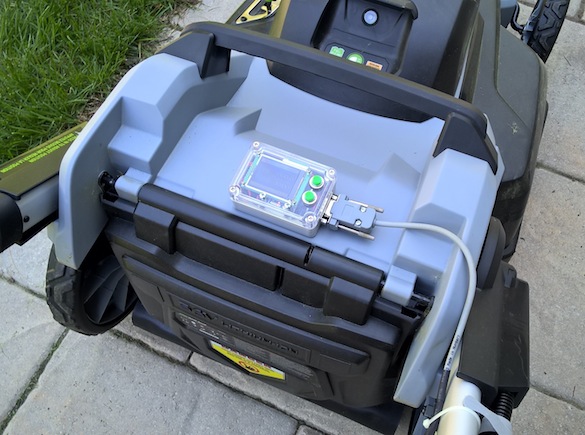ESP8266 controls an AC outlet for lamp

Gary shares his ESP8266 controlled on/off switch for a lamp.
The first step is to find a case to house the parts in. I had an old TP-link router case that I used. It already had a two prong spring out 110v connections but any box will work. When planning your boxes figure out how your going to get the AC in and out of the box. A stop at your local bigbox hardware store should give you lots of idea. At a minimum a deepwall outlet/switch box will work but use your imagination. My project only uses 2 wire as thats what the case supported but if your planning on switching anything other than simple lights use a 3 wire system and include the ground.
If your not sure about what wires goes where take a look online on how you would add a simple manual switch to a circuit and just replace the switch with your device.


